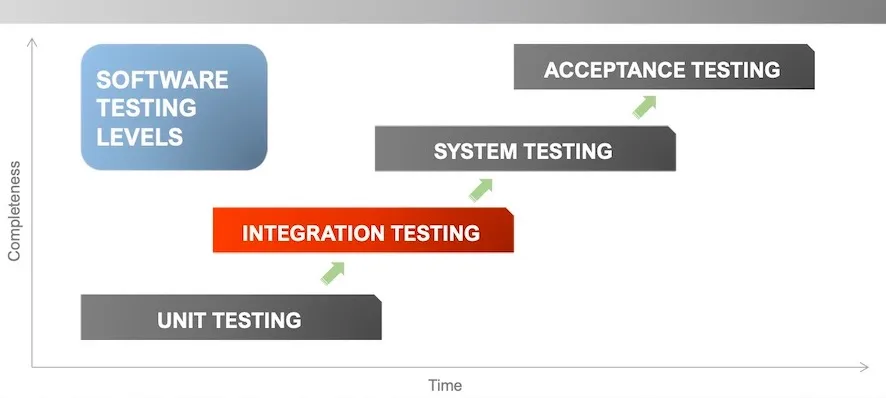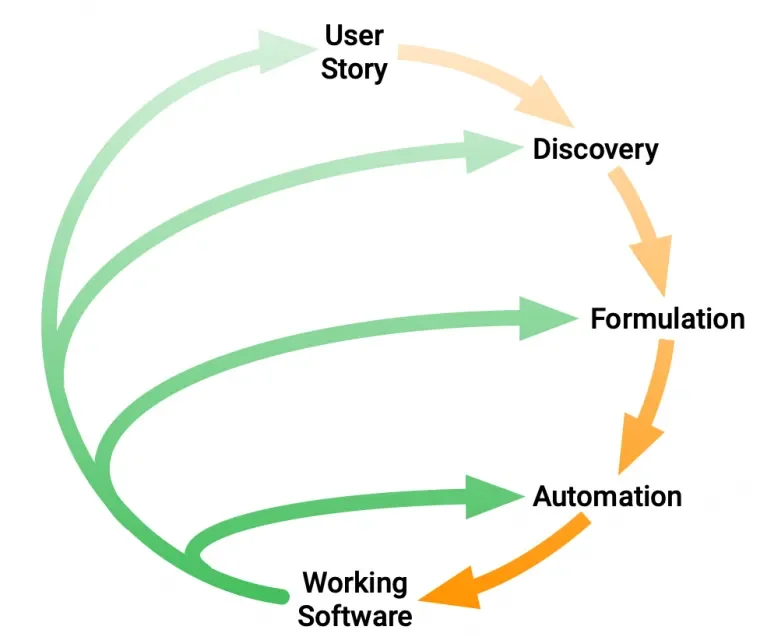As software development becomes increasingly complex, ensuring that different components of an application work together seamlessly is crucial. Integration testing plays a pivotal role in verifying the interactions between individual modules, APIs, and services to detect and fix issues early in the development process.
Understanding Integration Testing

Definition
Integration Testing refers to the practice of systematically testing the interactions between different components of a software application to ensure that they work as intended when integrated. It focuses on identifying defects related to data flow, communication, and compatibility between modules.
Scope
Integration Testing is typically performed after unit testing, where individual units of code are tested in isolation. It involves testing interfaces, APIs, databases, and external services to verify their interaction within the larger application ecosystem.
Importance Of Integration Testing

- Early Bug Detection: Integration testing helps catch defects in the interactions between different components before they escalate into larger issues during later stages of development or production.
- Reliable Application Behavior: Robust integration testing ensures that all components work harmoniously, leading to a more stable and reliable application behavior in real-world scenarios.
- Improved Collaboration: Integration Testing promotes collaboration between development and testing teams, fostering communication and mutual understanding of the software’s behavior.
Behavior Driven Development (BDD)

Behavior-Driven Development (BDD) is a software development approach that emphasizes collaboration between developers, testers, and business stakeholders to ensure that the software meets the desired behavior and fulfills the business requirements. When it comes to SDET (Software Development Engineer in Test) integration testing, BDD provides a structured and efficient framework to define, automate, and validate the behavior of integrated software components.
In SDET integration testing, BDD helps align testing efforts with the expected behavior of the system, allowing for clear communication and shared understanding among team members. BDD encourages the creation of executable specifications or scenarios written in a natural language format, often using the Gherkin syntax. These scenarios describe the desired behavior of the system in a human-readable manner, making it easier for both technical and non-technical stakeholders to collaborate and contribute to the testing process.
By focusing on behavior, BDD promotes a shift from solely verifying functionality to ensuring that the software meets the intended outcomes from a user’s perspective. With BDD, SDET engineers can create test cases that closely reflect real-world scenarios and user interactions, enabling them to validate the integration of software components in a more comprehensive and meaningful way. This approach helps identify any discrepancies or issues early in the development cycle, leading to faster feedback loops and improved software quality.
Behavior-Driven Development offers a powerful framework for integration testing, enabling teams to define, automate, and validate the behavior of integrated software components. By aligning testing efforts with the desired behavior and involving all stakeholders in the testing process, BDD enhances collaboration, improves software quality, and helps deliver software that meets business requirements and user expectations.
Best Practices For Integration Testing
- Test Data Management: Create test data that covers various scenarios and edge cases to validate different integration points thoroughly.
- Test Environment Isolation: Isolate the test environment from the production environment to avoid interference and to replicate real-world scenarios accurately.
- Continuous Integration: Integrate integration testing into the continuous integration (CI) process, ensuring that every code change undergoes automated integration testing before merging into the main branch.
- API Testing: Focus on API testing, as APIs serve as the communication backbone for many modern applications. Utilize tools like Postman, Rest Assured, or Retrofit to validate the correctness and consistency of API interactions.
- Mocking And Stubbing: Use mocking and stubbing techniques to simulate external services, databases, or APIs that may not be available or are costly to test in real-world scenarios.
Using Karate For Integration Testing

Karate is a powerful open-source tool specifically designed for API testing and automation, making it a valuable asset for SDET (Software Development Engineer in Test) integration testing. With its unique approach of combining API testing, HTTP request mocking, and UI automation into a single framework, Karate provides a comprehensive solution for validating the behavior and integration of software components.
Karate simplifies the process of writing and executing integration tests by using a domain-specific language (DSL) that is both expressive and readable. Its intuitive syntax allows SDET engineers to write tests in a natural, human-readable format, eliminating the need for complex code structures. Karate also offers built-in support for data-driven testing, enabling test scenarios to be parameterized easily for multiple inputs and variations.
Closing Thoughts
SDET Integration Testing is a critical aspect of ensuring the seamless operation of software applications in a complex ecosystem. By adopting robust testing strategies, adhering to best practices, and leveraging appropriate testing tools, SDET engineers can identify and resolve integration issues early in the development lifecycle. This proactive approach ultimately leads to higher-quality software, enhanced user experiences, and increased confidence in the application’s overall performance.